Canada’s three major federal parties are splitting national support almost evenly among them, according to two polls released this week.
The polls by Nanos Research and Forum Research each show the Conservatives holding a narrow edge over either the Liberals or the New Democrats, with the two opposition parties almost dead even.
The Nanos poll, conducted Nov. 9-15, found the Conservatives ahead with 34 per cent of the vote, followed closely by the Liberals at 29 per cent and the New Democrats at 27 per cent. The lead the Tories hold over the Liberals is just inside the margin of error – as is the gap between the Liberals and the NDP.
STORY CONTINUES BELOW SLIDESHOW
The Forum poll, which was taken on Nov. 19, a few days after Nanos’s survey, gave the Conservatives 33 per cent to 28 per cent each for the Liberals and New Democrats. This poll had a larger sample, putting the Tory lead outside of the margin of error, but the results of Forum and Nanos’s polling are almost identical.
In fact, the two surveys are quite close to others done earlier this month. An Ipsos-Reid poll of Nov. 6-8 put the Tories at 34 per cent to 30 per cent for the NDP and 26 per cent for the Liberals. An Abacus Data poll of Nov. 9-11 had the Conservatives at 36 per cent to 29 per cent for the NDP and 22 per cent for the Liberals.
Aside from a slightly lower Liberal result in the Abacus poll, these four surveys have the three parties in a relatively tight band of support: 33 to 36 per cent for the Conservatives, 27 to 30 per cent for the NDP, and 22 to 29 per cent for the Liberals. That is a three-horse race, although the Tories still hold the advantage.
The two polls this week also show some similarities at the regional levels. Both put the Liberals in second place in Ontario with between 31 and 33 per cent support, although they differ on where the Conservatives and NDP stand. Nanos puts Stephen Harper’s party at 40 per cent in the province to 20 per cent for Thomas Mulcair, while Forum shows a tighter 34 per cent to 29 per cent split.
Both firms also suggest that the Liberals have made massive gains in Quebec. Nanos gives the NDP a two-point edge, with 34 to 32 per cent, but Forum has the Liberals at 33 per cent to the NDP’s 29 per cent. Considering the smaller regional samples, these results are not at odds with one another.
The candidacy of Justin Trudeau for the Liberal leadership seems to be one of the most important reasons for the recent surge in Liberal support, particularly in Quebec. The Forum poll included a question on voting intentions with Trudeau as leader. On that question, Liberal support jumped to 39 per cent nationally and more than 40 per cent in Ontario and Quebec (and 58 per cent in Atlantic Canada). Trudeau’s name on the ballot even pushed his party’s support to 24 per cent or higher in the four western provinces.
According to these polls, both the Conservatives and New Democrats have lost a step since the last election: the NDP is down three or four points while the Conservatives are down six or seven. The Liberals have taken advantage, rising nine or ten points. With the next general election far off, that may not seem like an insurmountable problem for either Harper or Mulcair, but they need to remember that support is easier to maintain than to win back.
Éric Grenier taps The Pulse of federal and regional politics for Huffington Post Canada readers twice weekly, mostly Tuesdays and Fridays. Grenier is the author of ThreeHundredEight.com, covering Canadian politics, polls, and electoral projections.